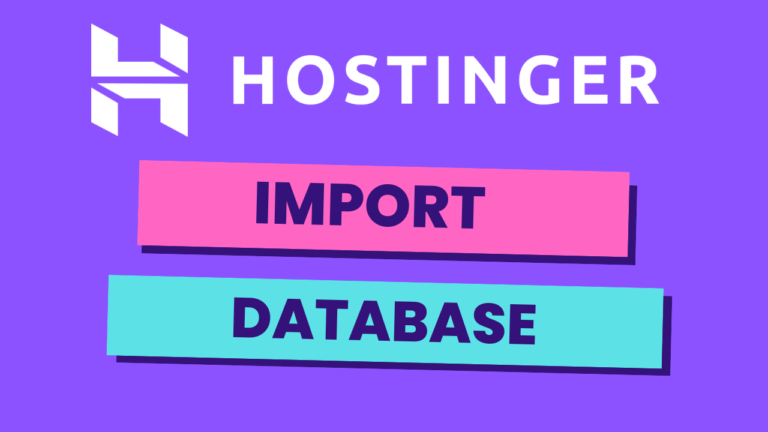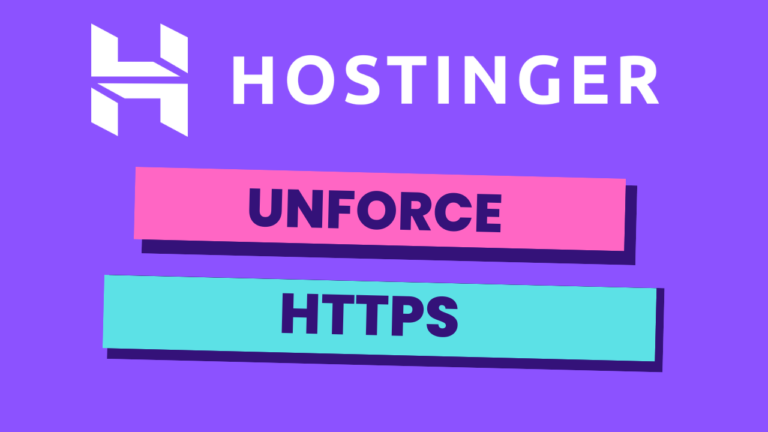How to Index a WordPress Blog Post in Google Search Console
Indexing your WordPress blog post in Google Search Console is crucial for ensuring that your content is discoverable by search engines. If you’ve just published a new blog post and want to make sure it appears in Google search results, this guide will walk you through the necessary steps.
Step 1: Access Your Google Search Console Account
First, open your browser and log in to your Google Search Console account. If you manage multiple websites, make sure you select the correct site from the list. This ensures that you’re indexing the blog post for the right website.
Step 2: Copy the Blog Post URL
Navigate to your WordPress blog and open the specific post you want to index. Copy the URL from the address bar in your browser. This URL is what you’ll be submitting to Google Search Console.
Step 3: Submit the URL for Indexing
Go back to Google Search Console and locate the area where you can enter a URL. Paste your blog post URL into the box and hit enter. Google will then check if the URL is already indexed. If it’s not, you’ll need to click on the “Request Indexing” button.
Step 4: Verify Indexing Request
After submitting your URL, wait for a few moments while Google processes your request. You’ll see a notification that the indexing has been requested. To verify that your blog post has been indexed, you can use the “site:” operator in Google search. For example, search for site:yourdomain.com/post-url in Google. If your post appears in the search results, it has been successfully indexed. If not, it may take a few days, so be patient.
Conclusion
Indexing a WordPress blog post in Google Search Console is a simple yet essential task to improve your blog’s visibility. Following these steps ensures that Google knows about your new content, which can lead to more traffic and better search engine rankings.
Before you go, I have something special for you! I offer two free online video courses. The first course covers Hostinger hosting and WordPress management, while the second course teaches you how to use Hostinger Website Builder to create basic websites or online shops. You can get them both for free by clicking the link in the description.
If you found this guide helpful, don’t forget to give it a thumbs up and subscribe to my channel for more useful tips. If you have any questions, feel free to leave a comment below.






